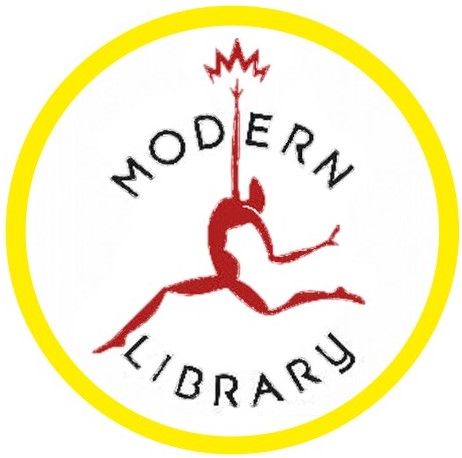
image from fiveboroughbooks.com
Jerry Spinelli's 1990 book, Maniac Magee, is set in the fictional Pennsylvania town of Two Mills, which is racially divided into the East End (black) and West End (white). The title character is an orphan (! - see nearly EVERY OTHER post on the Newbery-winning books I've read) who finds himself on the "wrong" side of town. Although he is white, he is taken in by the Beale family, who are black. When others disapprove of his presence on the East End, Maniac heads out to find another home.
Throughout the book, Maniac Magee moves from one place to another, even living for short spells with Mars Bar, who hated that Maniac Magee beat him in a foot race, and John McNab, who could strike out everyone but Maniac. Most amusingly, he lives for awhile in the buffalo pen at the zoo. He is also taken in by Earl Grayson, a groundskeeper at the zoo and a minor league pitcher who was the last to strike out Willie Mays.
Maniac Magee's method of dealing with this crazy world is what propels the book. He deals with bullying and racism by simply not acknowledging them. Instead, he excels at being who he is meant to be.
It makes for a different angle for a protagonist. He is important to know that Magee is deceptively passive. He isn't really sitting back and just letting things happen - he's steering the outcome of events precisely because of his choice not to react. Ultimately it teaches me as a writer to know that a novel's main character might not actually be the catalyst behind the main action of the story. While a character's actions in a story often drive the plot, the character's reactions are what drive its heart.



























